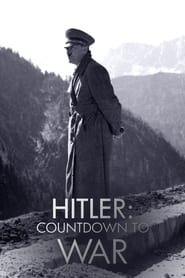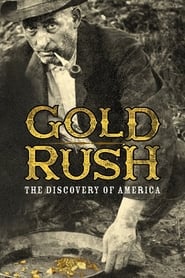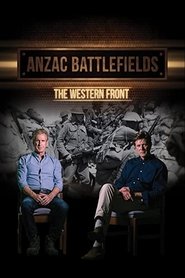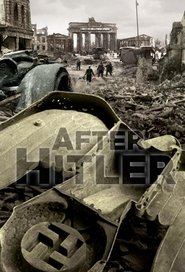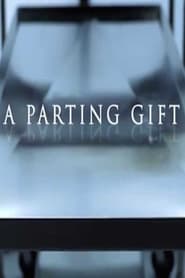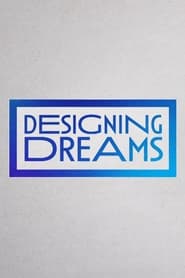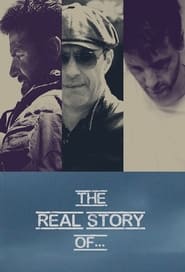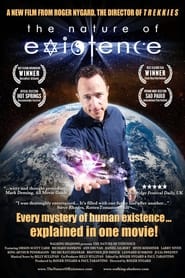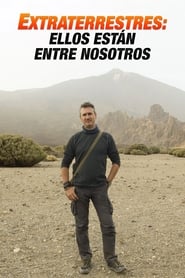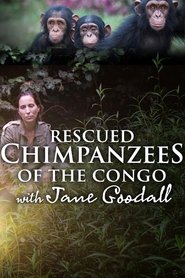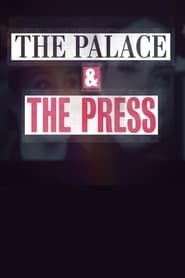Top Rated Documentary TV Series on Tubi TV - Page 56
-
Great Big Story
2015
Great Big Story
2015
Great Big Story is a global media company devoted to cinematic storytelling. Headquartered in New York, with a bureau in London, our studios create and distribute micro docs and short films, as well as series for digital, social, TV and theatrical release. Since our launch in late 2015, our producers have traveled to more than 100 countries to discover the untold, the overlooked and the flat-out amazing. -
Dreamcars
2020
Dreamcars
2020
-
Displaced
2020
Displaced
2020
-
Dirty Dollars
2018
Dirty Dollars
2018
-
Gold Rush: The Discovery of America
2016
The discovery of gold nuggets in the Sacramento Valley in early 1848 sparked the Gold Rush, arguably one of the most significant events to shape American history during the first half of the 19th century. As news spread of the discovery, thousands of prospective gold miners traveled by sea or over land to San Francisco and the surrounding area; by the end of 1849, the non-native population of the California territory was some 100,000 (compared with the pre-1848 figure of less than 1,000). A total of $2 billion worth of precious metal was extracted from the area during the Gold Rush, which peaked in 1852. This captivating, new documentary series explores the stories of struggle and triumph of the thousands who risked everything for the pursuit of wealth and the illusive American Dream. -
Anzac Battlefields
2015
Anzac Battlefields
2015
Through graphics, archive, oral history and travels across the scenes of past battles, Neil Pigot and Dr Peter Pedersen explain where, why and how the ANZACs fought in France and Belgium almost 100 years ago. -
Destination Flavour - China
2018
Adam Liaw embarks upon his adventure across China, beginning in his mum’s hometown of Beijing, he then travels through the provinces that gave birth to the eight great regional cuisines of China. And while this series is about food, travel, history and culture, it's also got an even deeper personal aspect for Adam as he returns to the island of Hainan, his father's ancestral homeland. -
The Science of Crime
2013
The Science of Crime
2013
With the introduction of forensic science, the battle between the police and the perpetrators of crimes has become ever more tactical. Each side has developed more sophisticated ways of committing, and solving, crimes... -
Framed
2021
Framed
2021
Marc Fennell investigates an art heist like no other. It's 1986 and Australia's most expensive painting has vanished from the National Gallery of Victoria. The only clues, a series of bizarre ransom notes and a city full of rumours. This is the true-crime story of Picasso's The Weeping Woman. -
After Hitler
2016
After Hitler
2016
May 1945. Even though populations are celebrating Allied victory, the German defeat doesn't promise a better tomorrow. In the five years that separated the end of the Second World War from the start of the Cold War, the world had hoped for a lasting peace, but instead found itself on the brink of apocalypse. Five years of chaos and hope for the people of a shattered Europe, who became pawns in the games of the major powers. May 8th, 1945 : A terrible war finally ended in the smoking ruins of the Reich. The civilian populations celebrated the victory. It was a time for jubilation. But the celebration lasted little more than a few days. The defeat of Nazi Germany did not mean a rosy future lay around the corner. A shattered Europe had to rebuild, heal its wounds, and deal with the fall-out from an interminable and barbarous conflict, whilst sketching the outlines of its future. Throughout Europe a human tide is rising. -
A Parting Gift
2014
A Parting Gift
2014
Every year in Ireland, about 120 people donate their bodies to medical science and education. Unlike organ donation, the person decides to gift their entire corpse to one of Ireland's six medical schools; becoming 'silent teachers' after death. In the Anatomy Department at Trinity College Dublin, the Body Donation programme is overseen by Joint Chief Technical Officers Siobhan Ward and Philomena McAteer. Their job is to look after each new donor, as well as their bereaved families. A PARTING GIFT follows 1st year medical students as their education is enriched by direct contact with the donor remains. The documentaries encompass science & medical history, cultural attitudes towards death & bereavement and the big questions of mortality & spirituality. -
Designing Dreams
2021
Designing Dreams
2021
Shines a spotlight on New Zealand's most prominent architects and the country's most spectacular structures. In each episode, a featured architect takes host Matthew Ridge around New Zealand to visit their favourite houses. -
The Real Story of...
2016
The Real Story of...
2016
The real story of uncovers the true stories upon which some of the most famous, Oscar nominated movies of recent years for bass, but what really happened is far more thrilling and revealing than what made it onto the big screen. -
Could You Survive on the Breadline?
2021
If you were relying on welfare to survive, what would you use it for? Rent? Food? Medicine? Bills? In 2020, over three million Australians were recorded as living below the poverty line. In new SBS three-part documentary series, Could You Survive on the Breadline?, three prominent Australians are about to discover what life is like for millions of people living on the welfare system. -
The Nature of Existence Companion Series
2011
Where The Nature of Existence could only scratch the surface, the Companion Series goes deeper into the most challenging topics in the film, with over 100 experts from all over the world. -
Aliens: They Are Among Us
2021
Series of reports declassified in 1992 by the Ministry of Defense and that document in detail multiple sightings of unidentified objects within Spanish airspace, mostly carried out by the military. These papers talk about circumstances that really give food for thought: from mere sightings to the vision of crew members inside those objects. -
Billionaire Wonderland
2018
Yasmine Akram visits the playgrounds of the super-rich. She meets Irish ex-pats who have carved successful careers and made fortunes working in these glittering wonderlands. -
The Palace and the Press
2021
The British Royal Family and the tabloid press have had a long and complicated relationship. THE PALACE AND THE PRESS provides a fresh look at the biggest Royal stories of the last 60 years, told through their sensational royal scoops, iconic pictures and most memorable front pages.
 Netflix
Netflix
 Amazon Prime Video
Amazon Prime Video
 Apple iTunes
Apple iTunes
 Apple TV Plus
Apple TV Plus
 Disney Plus
Disney Plus
 Google Play Movies
Google Play Movies
 Paramount Plus
Paramount Plus
 Hulu
Hulu
 HBO Max
HBO Max
 YouTube
YouTube
 fuboTV
fuboTV
 Peacock
Peacock
 Peacock Premium
Peacock Premium
 Amazon Video
Amazon Video
 The Roku Channel
The Roku Channel
 AMC+
AMC+
 Kocowa
Kocowa
 Hoopla
Hoopla
 The CW
The CW
 Vudu
Vudu
 Starz
Starz
 Showtime
Showtime
 PBS
PBS
 Pantaflix
Pantaflix
 FXNow
FXNow
 Tubi TV
Tubi TV
 Kanopy
Kanopy
 Comedy Central
Comedy Central
 Crunchyroll
Crunchyroll
 Microsoft Store
Microsoft Store
 Redbox
Redbox
 Sun Nxt
Sun Nxt
 ABC
ABC
 DIRECTV
DIRECTV
 Crackle
Crackle
 Fandor
Fandor
 Plex
Plex


